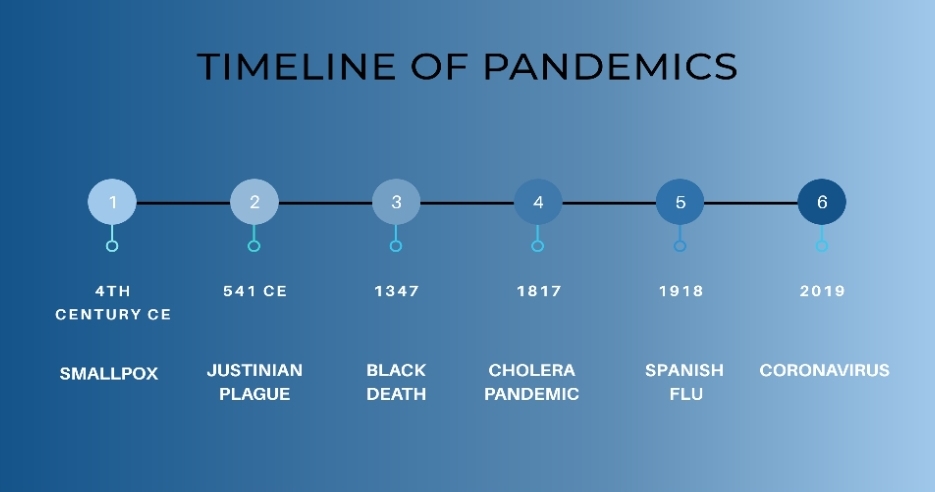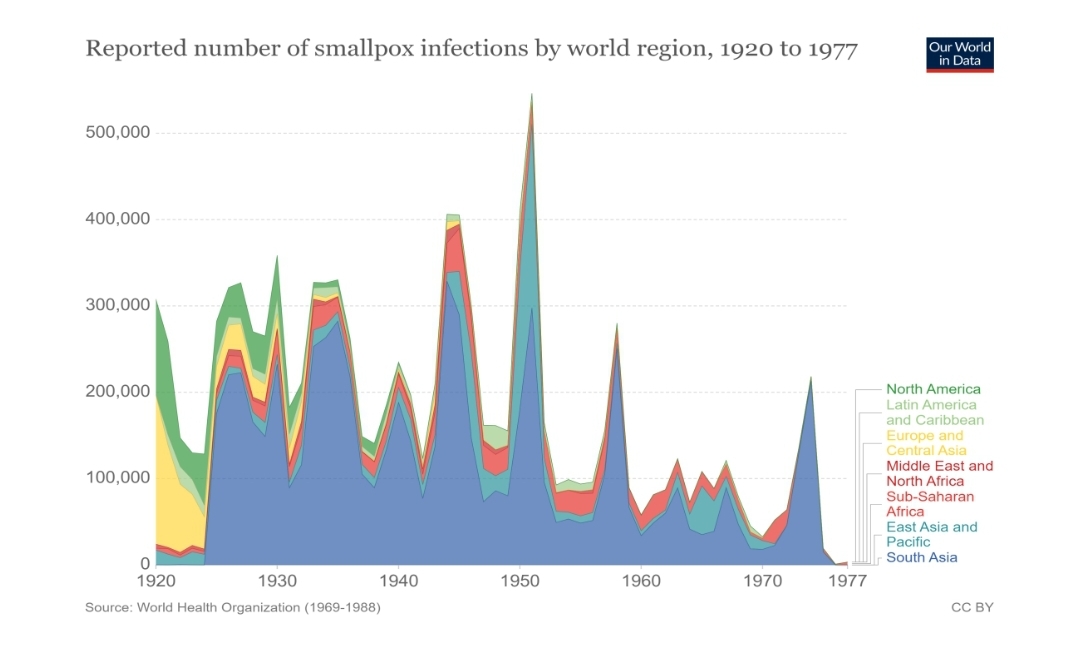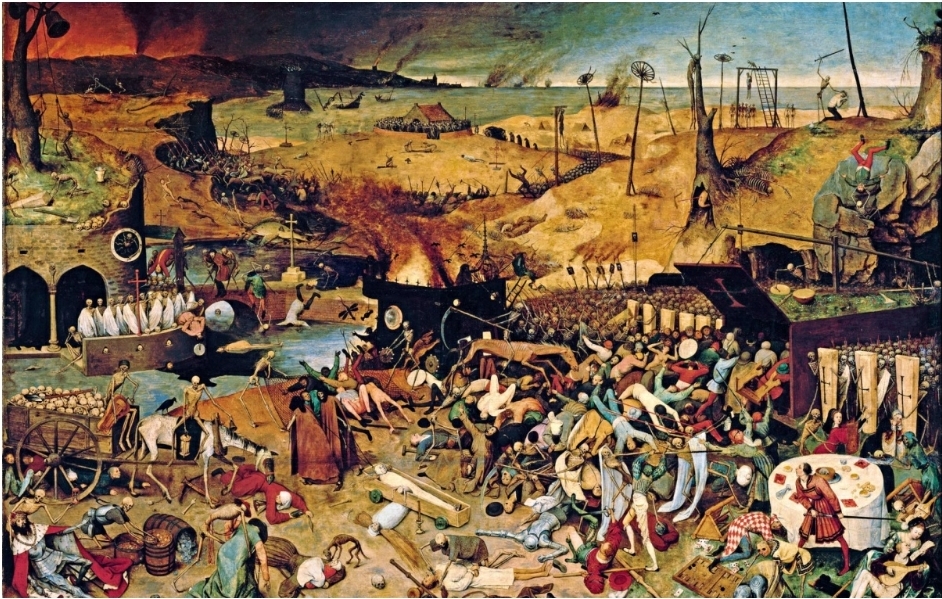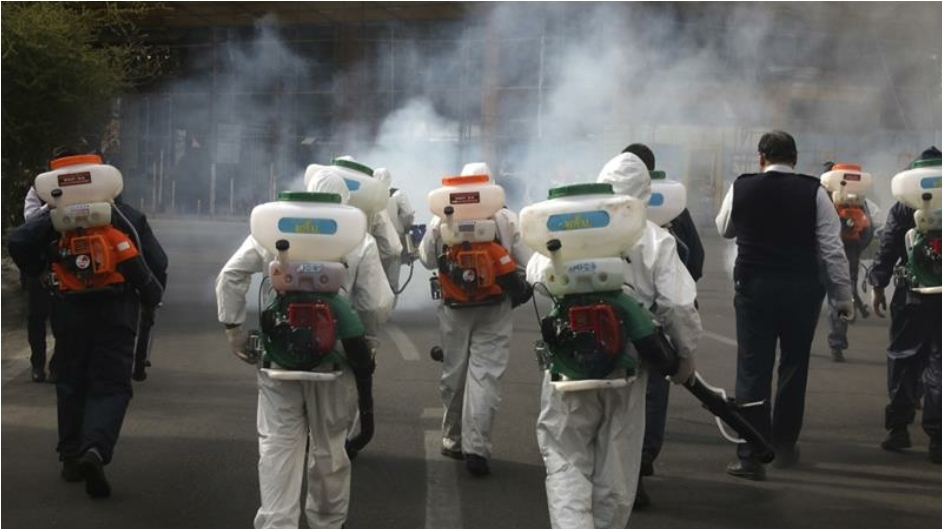The more civilized humans become the more likely pandemics become. With an increase in globalization, the pandemics have increased. People living in proximity to poor sanitation have high chances of being exposed to the breeding ground for diseases. Pandemics have collapsed empires and brought down wars. They’ve weakened the economy. Earlier people had some irrational ideas about the spread of pandemics. They thought that the Cyprian plague could be caught by simply staring into the face of someone infected with it. When people started dying inexplicably, many cultures thought people got these diseases as divine retribution for leading a sinful life.
A disease is characterized as a pandemic when it spreads worldwide across many countries and affects a substantial number of people. A disease is first characterized as an epidemic. For example, Covid-19 began as an epidemic in China, and then when it spread to more countries it was declared as a pandemic by the World Health Organisation (WHO).
Here’s a brief timeline of the pandemics that have occurred –

- Smallpox Pandemic
Smallpox is caused by the variola virus. It was a deadly virus and it resulted in the decline of civilizations. Smallpox is thought to have originated in India or Egypt at least 3000 years ago. In the 1500s, the disease spread across Asia, Africa, Europe, and America. Since indigenous people didn’t have natural immunity, thus smallpox wiped the indigenous people in Australia, New Zealand, Easter Island, and America. The Aztec Empire declined due to Smallpox. WHO launched a global immunization campaign in 1967 to eradicate smallpox. The last natural case occurred in 1977, in Somalia. A $300 million effort succeeded in completely eradicating smallpox in less than ten years. Eradication of smallpox is the biggest achievement in International Public Health.

- Justinian Plague – 541 CE
The plague was caused by a bacterium, Yersinia pestis. It broke out in Egypt and then arrived in Constantinople, the capital of the Byzantine Empire (Roman Empire). The plague was spread by rodents whose fleas carried the bacteria. There were grain ships that were sent as a tribute to Constantinople from Egypt, which harboured rats that carried fleas infected with the plague. The plague was named after the Byzantine emperor Justinian. It devastated Constantinople and then spread across Europe and Asia. It resulted in the death of 25 to 100 million people.
Justinian had conquered Italy, Rome, and North Africa but the plague weakened the empire. Due to the illness, the Army couldn’t recruit soldiers or ensure military supplies so the provinces came under attack. By the time the Plague disappeared, the Empire had lost territories in Europe to the German-speaking Franks, and Egypt and Syria to the Arabs.
- Black Death – 1347
The Plague returned 800 years later and hit Europe and Asia. It was the deadliest Plague. It killed around 75-200 million people. It struck India, China, Syria, and Egypt in the 1340s. And then “The Black Death” hit Europe in 1347. People now knew that it spread due to proximity, but they still had no scientific understanding of it. Thus, the officials in Venetian-controlled port city of Ragusa decided to keep the newly arrived sailors in isolation for 40 days or a Quarantino, the origin of the word Quarantine.
The plague had large scale social and economic effects. The economy underwent inflation. The prices of goods produced locally and those imported shot up. There was an increase in demand for labourers due to which the wages tripled. Land rates and interest rates dropped. Serfs were no longer tied to one master, if one left the land, another lord would instantly hire them. People started doubting their faith in the church and clergy because of the death of clergy, and also because their prayers were left unanswered.

- Cholera Pandemic – 1817
There have been seven cholera pandemics since 1817 and the 7th Pandemic is still ongoing and is the world’s longest-running pandemic. Cholera is caused due to consumption of contaminated food and water. Cholera sickens approximately 2.9 million people every year and kills 95000. Cholera outbreaks still occur in Africa. Unjustified panic-induced reactions by countries include – restricting travelling where a cholera outbreak is occurring and import restrictions on food. For example, the cholera outbreak in Peru in 1991 cost the country US $ 770 million due to food trade embargoes and adverse effects on tourism.
- Spanish Flu Pandemic – 1918
The avian borne flu was first observed in Europe, then America and Asia, and then it spread to the other parts of the world. The flu attacks the respiratory system and is highly contagious. The flu infected about 500 million people worldwide and killed up to 50 million people. The Spanish Flu broke out when the First World War was ongoing. This affected the Germans and Austrians and the outbreak derailed their offensives. India was greatly affected by the flu; it lost about 17 million people.
The virus had a great impact on the economy as everyone was forced to shut down their businesses. There weren’t enough farmers to harvest crops. 1918 Flu Pandemic led to an 18 percent reduction in manufacturing output for a state at the mean level of exposure. A number of losses were incurred by the service-based industries.

- Covid19 – 2019
In December 2019, China reported cases of pneumonia which was later identified as Covid-19. Wuhan was the city that was majorly affected by the virus in China, but the chain of the virus didn’t stop there. It spread to Italy, the United States, and across various other countries, and some countries imposed lockdown to diminish the spread of the virus. Like SARS, Covid-19 is spread through droplets of sneeze and cough. On March 11, 2020, the World Health Organisation officially declared it a pandemic.
Everything is shut down except for businesses dealing with the essential goods and services. Due to this, the rate of unemployment is increasing day by day. Domestic and international transport has been put on hold because of which crude oil prices plummeted, and revenue for the airline industry has curtailed. The International Monetary Fund predicted that this pandemic will result in the worst economic slump since the Great Depression. Covid-19 has completely halted the economic cycle and the repercussions are still yet to be diagnosed. Governments across the world are taking steps to improve the situation and are spending a large amount of money to develop a vaccine. The Government of India has also announced the ‘Aatmanirbhar’ package. Weak demand has been a concern for the economy.
Pandemics have had devastating effects on the lives of people and the economy. And they will occur in the future, perhaps with greater intensity. What we should realize is that our healthcare systems need to be reformed. We have the necessary experience, scientific knowledge, and technology to prepare better.
By Devansi Masrani
Literary sources:
- Cdc
- History
- Brown university
- The Hindu
- World Health Organisation
- National Geographic
- The Daily Star
Image sources:
- Our world in data
- Economic times
- National geographic
